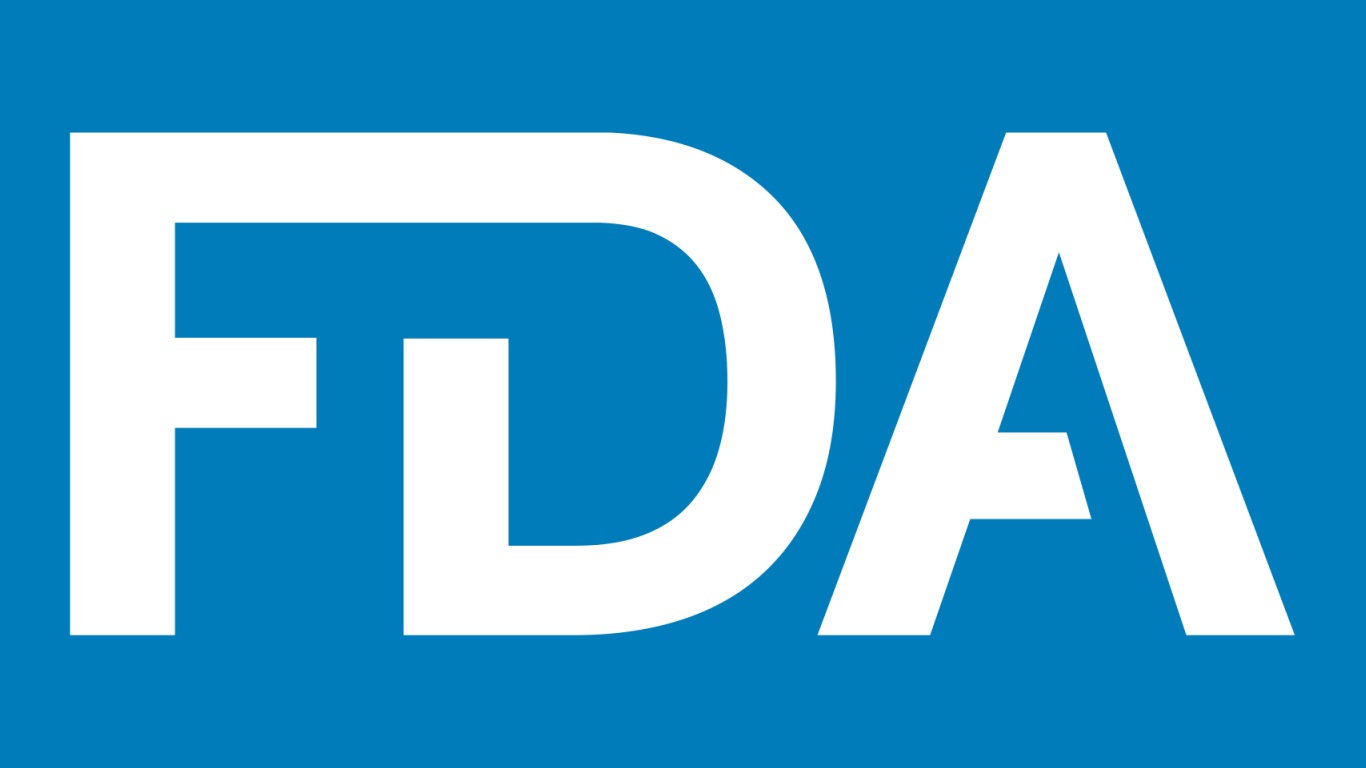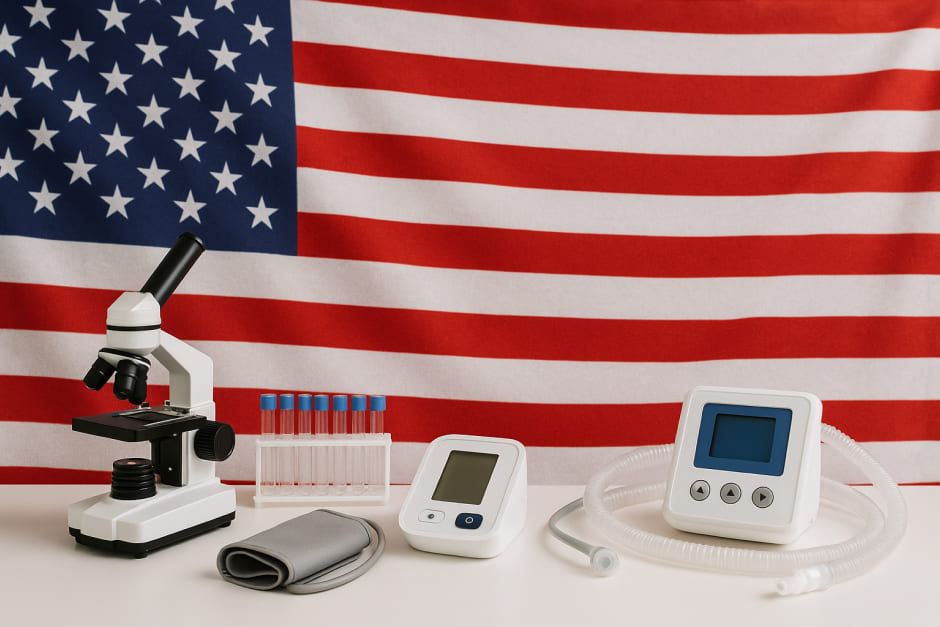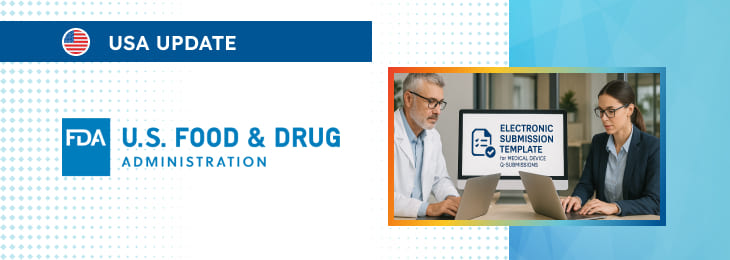The article describes in detail the approach to be followed by the parties involved in the Q-Submission process. In particular, the document provides an overview of the applicable regulatory requirements and also provides additional clarifications and recommendations to be followed by the parties in order to ensure compliance with the respective legal framework.

Table of contents
Overview and Regulatory Context
The U.S. Food and Drug Administration (FDA) has issued a Draft Guidance – published on 29 May 2025 – for industry and FDA staff on the use of an electronic submission template for Medical Device Q-Submissions (Q-Subs). The document supports the Centers for Devices and Radiological Health (CDRH) and Biologics Evaluation and Research (CBER) in their shared goal of moving all pre-submission interactions into a fully digital environment.
The guidance is expressly grounded in section 745A(b) of the Federal Food, Drug, and Cosmetic Act (FD&C Act), as amended by the FDA Reauthorization Act of 2017 (FDARA), which directs the Agency to define electronic formats, implementation timetables, and criteria for waivers and exemptions. With the introduction of this document, FDA intends to streamline pre-market communication, improve review consistency, and reduce the administrative burden on both regulators and sponsors.

Historical Drivers and Policy Commitments
Congressional user-fee legislation has repeatedly requested that the FDA modernize device submissions. Under the 2017 Medical Device User Fee Amendments (MDUFA IV), the Agency pledged to develop guided templates “to improve submission consistency and enhance efficiency”.
MDUFA V (2022) reaffirmed that commitment, broadening the template concept to additional pre-market pathways. Meanwhile, the 2020 pilot of the electronic Submission Template and Resource (eSTAR) provided real-world experience in assembling and reviewing structured electronic files.
As a result, eSTAR has evolved into the FDA’s single, authoritative tool for preparing Q-Sub electronic submissions, with continuously updated versions posted on the Agency’s website.
Scope of the Draft Guidance
The document focuses narrowly on Pre-Submissions (Pre-Subs), the most commonly used Q-Sub type. Other Q-Sub variants – such as Submission Issue Requests or Study Risk Determinations – will be added in future revisions once template functionality is expanded. For now, the guidance sets the technical standards for generating a Pre-Sub “electronic submission” (eSubmission) solely in the eSTAR format and transmitting it through FDA’s electronic portal.
It does not dictate the look and feel of the template itself; rather, it codifies the data elements and structure that eSTAR must capture to be considered compliant with Section 745A(b)(3).
Terms and Definitions
In order to assist the parties involved, the FDA provides definitions for several key terms and concepts, including:
- eCopy – a static electronic duplicate of a traditional paper submission; not an eSubmission.
- Electronic submission (eSubmission) – the complete data package produced by an electronic submission template.
- eSTAR – the dynamic PDF-based template that walks a sponsor through each required section and automatically compiles the eSubmission.
- PreSTAR – a special eSTAR variant that currently supports only Pre-Subs and 513(g) requests but will host other Q-Sub types in the future.
- Structured data – information entered directly into template fields, drop-downs, or check-boxes.
- Unstructured data – supporting attachments (PDFs, images, videos) uploaded through the template.
Architecture and Functionality of eSTAR
eSTAR combines automated logic, embedded FDA code, standard databases, and linked guidance references to help sponsors build a complete Pre-Sub. The tool mirrors FDA’s internal “SMART” Q-Sub review memo so that the incoming file flows directly into the reviewer’s workspace, minimizing manual re-entry.
Once every mandatory field and attachment is provided, a status banner turns “eSTAR Complete,” signalling that the submission should bypass the traditional Refuse-to-Accept (RTA) gate. Instead, FDA performs a virus scan and technical screening – normally within 15 calendar days – to verify that statements (e.g., “no tissue-contacting components”) match the attachments and that each attachment type is present.
Failure triggers an e-mail hold; sponsors have 180 days to amend before the file is deemed withdrawn.
Detailed Content of a Pre-Sub eSTAR
Table 1 of the draft guidance lists the individual sections and what the FDA expects in each :
- Submission Type – basic identifiers from Form 3514.
- Cover Letter/Letters of Reference.
- Applicant Information – sponsor and correspondent details.
- Previous Regulatory Interaction – any related 510(k), De Novo, IDE, etc.
- Consensus Standards – both recognized and non-recognized.
- Submission Characteristics – goals, future submission type, topic categories, and (if a meeting is requested) three or more preferred dates with a draft agenda.
- Product Description – technology, principle of operation, accessories, and any prior Request for Designation (RFD) number.
- Intended Use / Indications for Use and proposed classification.
- Labeling – draft labeling or patient materials, if available.
- Pre-Sub Questions – focused queries that will drive FDA feedback.
- Amendment / Additional Information Response – for later updates or replies to technical holds.
The authority also mentions that because the template is interactive, sponsors may attach supplementary files where narrative explanations are insufficient.
Waivers and Exemptions
Although the rule will obligate nearly all Pre-Subs to come through eSTAR, FDA recognizes situations where a full eSubmission is unnecessary or impractical.
The Agency lists eight categories automatically exempt from the electronic-only mandate, including:
- Interactive review responses (quick e-mail exchanges).
- Certain amendments, appeals, or supervisory reviews.
- Change-of-correspondent notifications.
- Meeting minutes, slide decks, and withdrawal requests.
It is also important to mention that the FDA does not anticipate granting ad-hoc waivers, arguing that free PDF software is widely available and that every sponsor can access the template. Conventional eCopy requirements may still apply to exempt materials that are officially filed outside eSTAR.
Implementation Timetable and Transition
The guidance mentions a minimum one-year transition period after finalization before electronic submission becomes compulsory. During this window, sponsors may continue to file Pre-Subs as eCopies, but are strongly encouraged to try eSTAR voluntarily.
Once the transition closes, any Pre-Sub not submitted electronically “will not be received” unless it falls under a listed exemption. Technical questions may be directed to dedicated CDRH and CBER e-mail boxes, and submissions must be routed through FDA’s electronic portal (or, if a known portal limitation applies, shipped to the Document Control Center).
Regulatory Effects and Enforcement
After the compliance date, failing to use eSTAR could delay pre-market product development by preventing the FDA from logging a Pre-Sub at all.
Conversely, sponsors who embrace the template should benefit from:
- Faster acceptance – no RTA stage, only a 15-day technical check.
- More predictable reviews – structured data populates internal reviewer tools.
- Clearer feedback – questions are organized under predefined topics, enabling focused responses.
FDA emphasizes that only the provisions expressly labeled “must” invoke binding legal force under FD&C Act 745A(b); the remainder are recommendations for best practice.
Practical Recommendations for Sponsors
To prepare, device manufacturers and their consultants should:
- Download the latest PreSTAR template and explore its logic early in development.
- Map internal document repositories so that product descriptions, draft labeling, and consensus-standard declarations can be attached quickly.
- Draft precise Pre-Sub questions that align with the template’s topic categories; vague or off-topic queries slow review.
- Schedule Pre-Sub meetings strategically by proposing multiple dates and listing all attendees – including non-U.S. citizens – to avoid rescheduling.
- Establish an amendment workflow so that any technical-screen deficiency can be corrected well before the 180-day deadline.
- Train regulatory staff on the distinction between eCopies (still required for certain artifacts) and full eSubmissions.
Adopting these practices will ensure a smooth transition to the upcoming electronic-only environment and position sponsors to benefit from faster, more consistent FDA interactions.
Conclusion
In summary, the present draft guidance issued by the FDA provides an extensive overview of the existing legal framework associated with Q-Submissions. The authority emphasizes the key points to be taken into consideration by the parties involved, and also provides supporting clarifications and guidance.
How Can RegDesk Help?
RegDesk is an AI-powered Regulatory Information Management System (RIMS) designed to simplify global compliance for medical device companies. With regulatory intelligence covering 120+ markets, RegDesk helps you prepare and publish global submissions, manage standards, conduct impact assessments, and stay ahead of regulatory changes all from a single, centralized platform. Expanding into new markets has never been easier.

